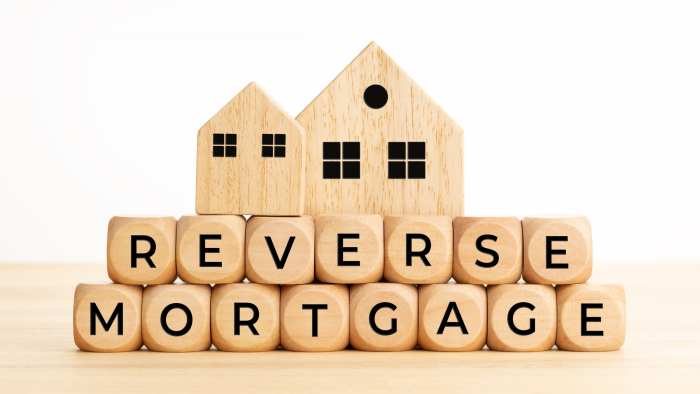Understanding the Basics of a Reverse Mortgage

A reverse mortgage is a loan option for homeowners aged 62 or older, allowing them to convert part of their home equity into cash without selling their home. Unlike traditional mortgages,
where homeowners make monthly payments to the lender, a reverse mortgage provides payments to the homeowner, effectively turning home equity into income.
How It Works
The most common type of reverse mortgage is the Home Equity Conversion Mortgage (HECM), insured by the Federal Housing Administration (FHA). To be eligible, homeowners generally
need to meet the following criteria:
- Age: The youngest borrower must be at least 62 years old.
- Home Ownership: The home should be owned outright or have a low mortgage balance that can be paid off at closing with proceeds from the reverse mortgage.
- Primary Residence: The property must be the homeowner’s primary residence.
- Property Type: Eligible properties typically include single-family homes, FHA-approved condominiums, and certain manufactured homes that meet FHA standards.
Before proceeding, applicants are required to undergo counseling from a HUD-approved agency to ensure they understand the implications of the loan and explore possible alternatives.
Consumer Financial Protection Bureau
Receiving Funds
Homeowners can choose to receive the loan proceeds in various ways:
- Lump Sum: A one-time payment at closing (only available with a fixed-rate loan).
- Monthly Payments: Regular disbursements for a set period or for as long as the homeowner lives in the home.
- Line of Credit: Funds that can be drawn as needed, with interest accruing only on the amounts taken.
- Combination: A mix of the above options, tailored to the homeowner’s needs
The amount available depends on factors such as the homeowner’s age, the home’s appraised value, and current interest rates.
- Financial Responsibilities: Homeowners remain responsible for property taxes, homeowners insurance, and maintenance. Failure to meet these obligations can lead to loan default and possible foreclosure.
Consumer.gov - Loan Repayment: The loan becomes due when the homeowner sells the home, moves out permanently, or passes away. Repayment is typically made through the sale of the home, with any remaining equity going to the homeowner or their heirs.
- Interest and Fees: Interest rates on reverse mortgages are generally higher than those on traditional mortgages. Additionally, there are upfront costs, including origination fees,
closing costs, and mortgage insurance premiums.
Forbes - Impact on Inheritance: Since the loan balance increases over time, it can reduce the amount of equity left to heirs. Heirs will need to repay the loan if they wish to keep the home.
Is a Reverse Mortgage Right for You?
Reverse mortgages can provide financial flexibility for retirees, allowing them to access home equity to supplement income, cover medical expenses, or make home improvements. However,
they also come with obligations and can affect the homeowner’s estate. It’s crucial to consider all options and consult with financial advisors and family members before making a decision.
For more detailed information, the Consumer Financial Protection Bureau offers resources on reverse mortgages.

